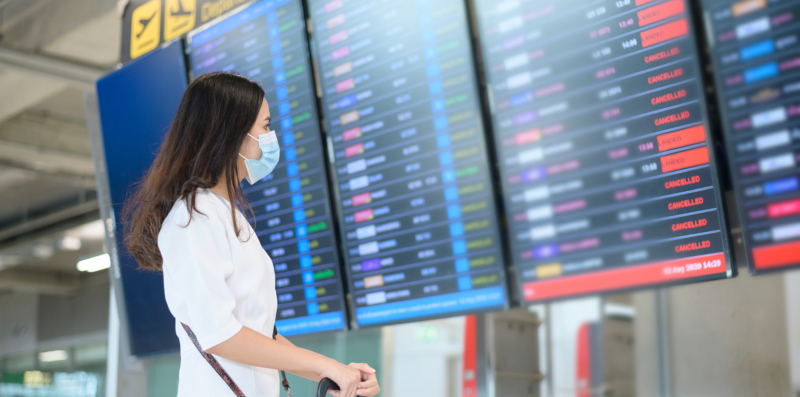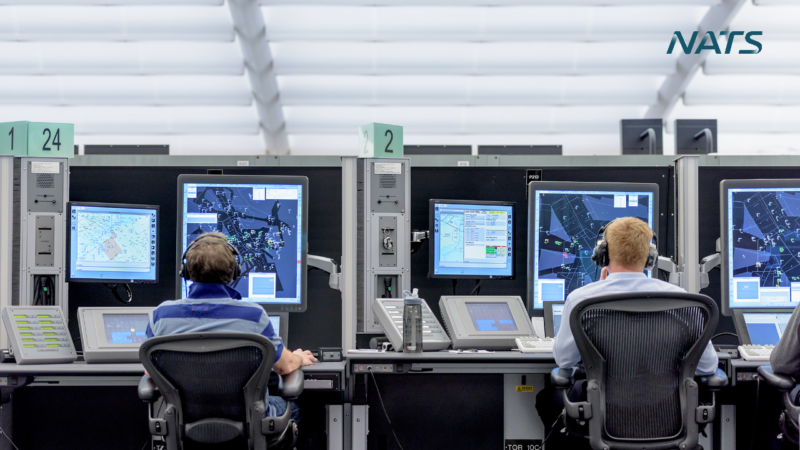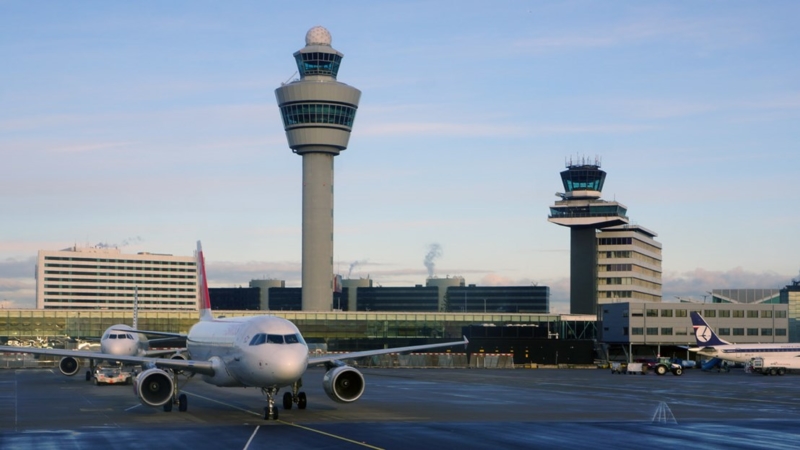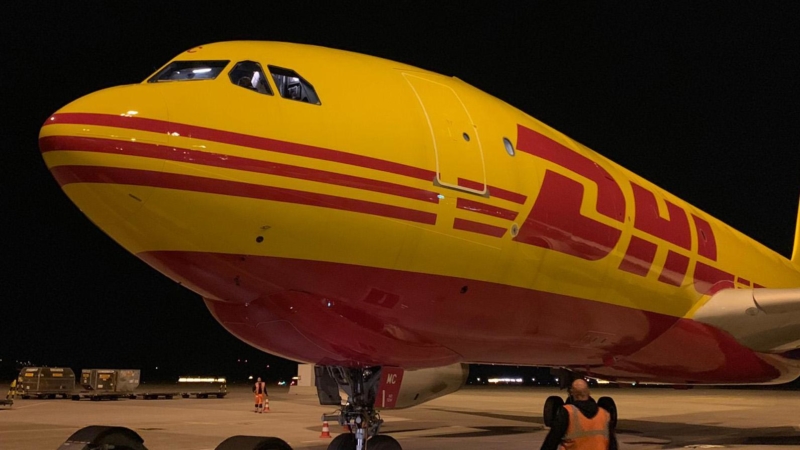Reopening, Recovery and Resilience: airports weathering the COVID crisis
10 September 2020Many airports, that up until this year were worried about how they were going to meet the seemingly ever-increasing demand to fly, are now facing the kind of operational challenges most would have never imagined.
Instead of planning for expansion and growth, the COVID crisis is seeing airport operators around the world grappling with when to close and reopen their terminals, stands and runways; how to account for the increased boarding and deplaning times due to social distancing; and how to mitigate the impact of disruption on an already reduced operation.
Airports are dealing with these and a hundred other things, all while the fall in flight and passenger numbers is causing many to fight for their very survival.
In Europe, flights are still more than 50% below the same period in 2019 despite some loosening of country lockdowns. According to figures from IATA, passenger numbers are currently forecast to fall by around 60% in 2020, which represents about 705 million passenger journeys. That’s seismic, and the near-term outlook for recovery remains highly uncertain with respect to the second wave of the pandemic and the broader global economic impact it could have.
All this means airports need a very different kind support from their ANSPs. With much infrastructure closed to save costs, demand/capacity issues are emerging at much lower traffic levels than previously. Terminal capacity is being lost and new pinch points created due to social distancing. Airlines are having to move to new unfamiliar terminals, creating logistical challenges that can result in delays.
At NATS we’ve been working in partnership with our airport customers in the UK and around the world to help deal with this kind of disruption. That involves using powerful simulation and modelling to understand and flexibly respond to the impact of changing airline schedules and fluctuating demand, as well as the ability to run ‘what if’ scenarios so airport operators have confidence they’re making the right decisions at the right time, while avoiding unnecessary costs.
Tools like Demand Capacity Balancer and Strategic Airport Capacity Manager can identify the optimum time for when to re-open infrastructure to keep costs as low as possible for as long as possible; predict and mitigate against unexpected queuing in their terminals; and build confidence in the operational plan for tomorrow, next week and the week after.
In such an uncertain environment, that kind of foresight is priceless.
How will you manage volatile airline schedules as country quarantines come and go and we move towards an unpredictable winter schedule? Which stands are most cost effective to reopen? If your domestic operation is recovering faster than international, how do you best coordinate with other airports and the airlines to take advantage of this while being ready to accept international flights? How will you ‘build back better’ to address environmental concerns?
I know everyone’s working hard to find creative ways to answer these kinds of questions and keep the world connected. Those that do it best will navigate the current uncertainty and emerge strongest from this crisis.
Find out more at nats.aero/covid
Comments
Please respect our commenting policy and guidelines when posting on this website.




